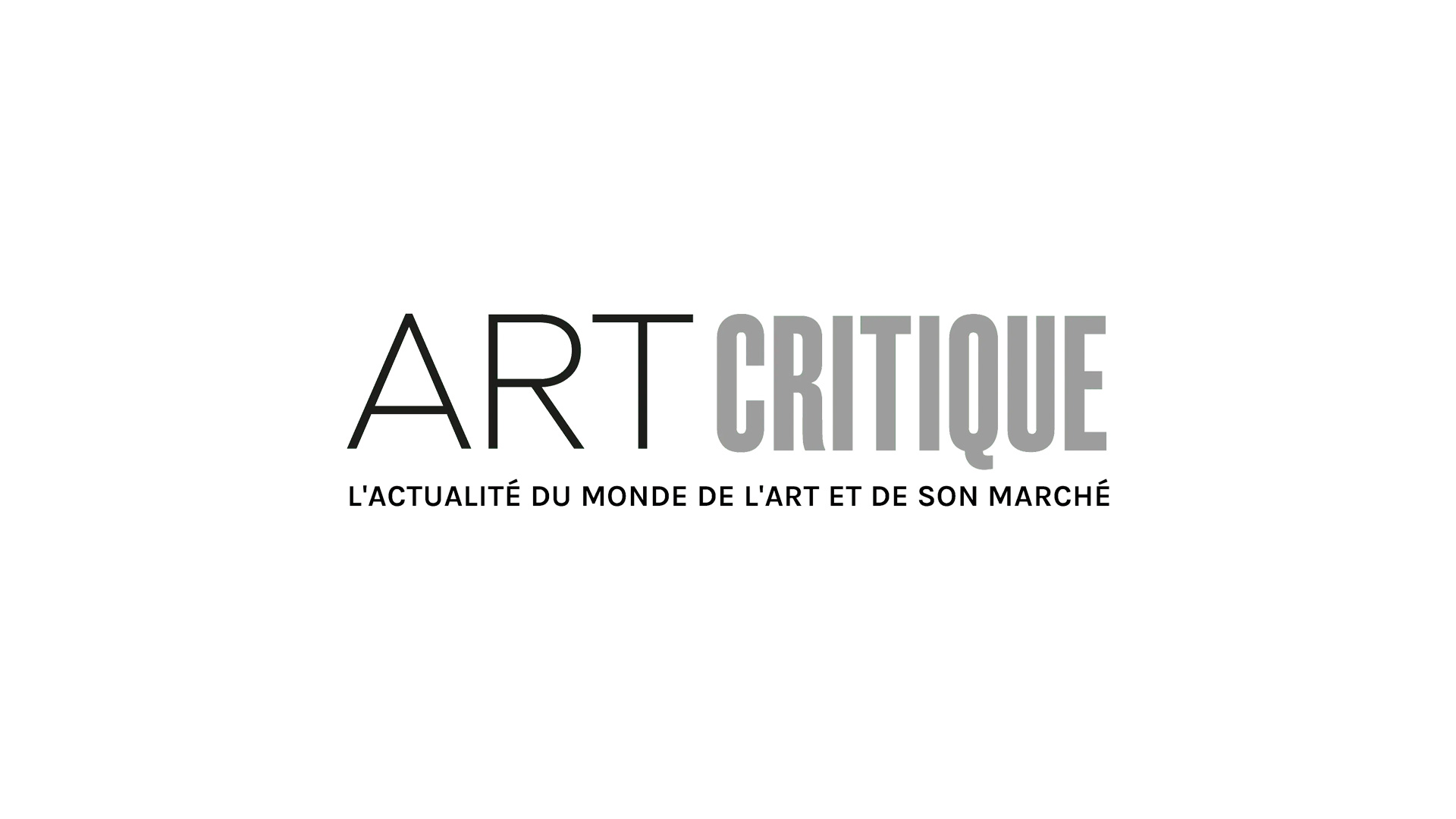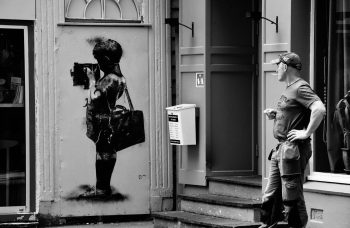Over the past few years, the Mark Rothko board have been quietly redesigning the campus and building of the Rothko Chapel with help from New York-based Architecture Research Office. This week, the first phase of the $30 million expansion and redesign began after plans to do so were announced in 2016. The reconfiguring of the Houston chapel will keep the beloved spiritual site closed for much of the upcoming year.
Renovations will expand the complex by adding three buildings and will create a better environment for the 14 monumental Rothko paintings housed by the chapel. Reclamation crews have already begun dismantling bungalows that surround the 2-acre Rothko Chapel footprint. A two-story bungalow will be moved and repurposed as a guest house for visiting speakers and researchers. David Leslie, executive director of the Rothko Chapel, hopes that three other bungalows will be repurposed for the campus. Meanwhile, in early 2019, construction will begin on a new ‘Welcome House’ and the chapel itself will be closed from March 4th until later in the year – if construction goes to plan – to reconfigure its entrance and install a skylight. The addition of the skylight will allow more natural light into the chapel creating a more natural environment for the paintings. The brighter chapel will create a space more akin to how the artist wanted the paintings to be seen.

So far, the Rothko board has raised about a third of the money they will need for the entire projects. By 2022, the board hopes to see the completion of Phase II, which will add a new administrative and archival building and a programmes centre. Adjacent to the chapel, a meditation garden designed by the Nelson Byrd Wolz firm will be added by 2022 as well. According to Leslie, the project will not only revamp the Rothko Chapel campus, it will also create a more distinct identity for the chapel.
Opened in 1971, the non-denominational Rothko Chapel was commissioned by collectors John and Dominique de Menil – the chapel is situated just down the road from the Menil Collection. Made out of a Greek-cross style building, it’s crossing is an octagonal room that houses the chapel. However, unlike chapels with stained glass windows and alters, the Rothko Chapel boasts 14 massive paintings – three triptychs and five stand-alone paintings – by Mark Rothko (1903-1970) making it an important spiritual and modernist building. Begun in 1964, the paintings are more or less black save the occasional use of other dark hues. The paintings are so large that some visitors do not realize the black panels are, in fact, the paintings.
The chapel and its complex, which also contains Barnett Newman’s Broken Obelisk, are a serene place for reflection seeing roughly 100,000 visitors each year. However, the campus has also become a place for like-minded people to congregate concerning human-rights and political campaigns.





